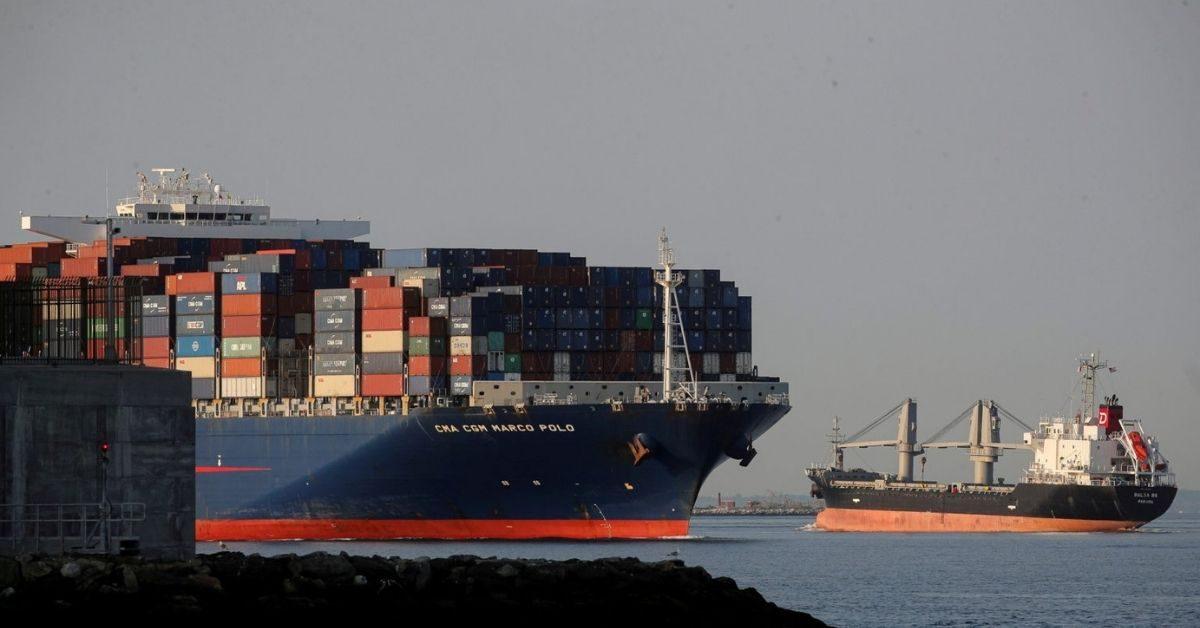CMA CGM Group announced that its 15,000 TEU ship CMA CGM Argentina called the Honmoku D4 terminal in Yokohama on 15 January becoming the largest container vessel that has ever called Japan on a regular service.
The boxship is one of two 15,000-TEU series that the group has deployed on the weekly Asia Central South America 1 (ACSA1) service.
Hideki Uchida, president of CMA CGM Japan, commented, “The CMA CGM Group’s 15,000-TEU series of vessels will stand as the largest regular service vessels to call Japan today. The introduction of the larger vessels on the ACSA1 service will not only accommodate more Yokohama-bound fresh produce on a single voyage, but they are also part of our plans to grow inbound cargoes from Central and Southern America ahead. Importantly, they equip us with more capabilities to further facilitate trade flows between Latin America and Asia.”
The container service that connects the Asia-Latin America trade corridor, the ACSA1 service makes a port stop at the Honmoku D4 terminal each week.
Arriving from central and south America, the vessel is now the largest container ship to call a Japanese port on a regular service and has also brought import shipments of fresh fruits from Ecuador and Guatemala as well as coffee and malt from Colombia and Mexico.
In particular, from Yokohama, CMA CGM Argentina will head for Busan in South Korea and Shekou in China to complete its westbound leg of the ACSA1 service.
From Shekou, the eastbound lap of the service has the following rotation: Shekou – Hong Kong – Kaohsiung (Taiwan) – Ningbo (China) – Shanghai (China) – Busan (South Korea) – Manzanillo (Mexico) – Lazaro Gardens (Mexico) – Buenaventura (Colombia) – Callao (Peru) – Posorja (Ecuador) – Lazaro – Manzanillo – Yokohama (Japan) – Busan – Shekou.
Shinya Hitomi, president & CEO of Yokohama Kawasaki International Port Corporation, commented, “We, Yokohama Kawasaki International Port Corporation (YKIP), are proud that Yokohama port has been selected as a port of call for the CMA CGM Group’s 15,000-TEU class vessels.”








